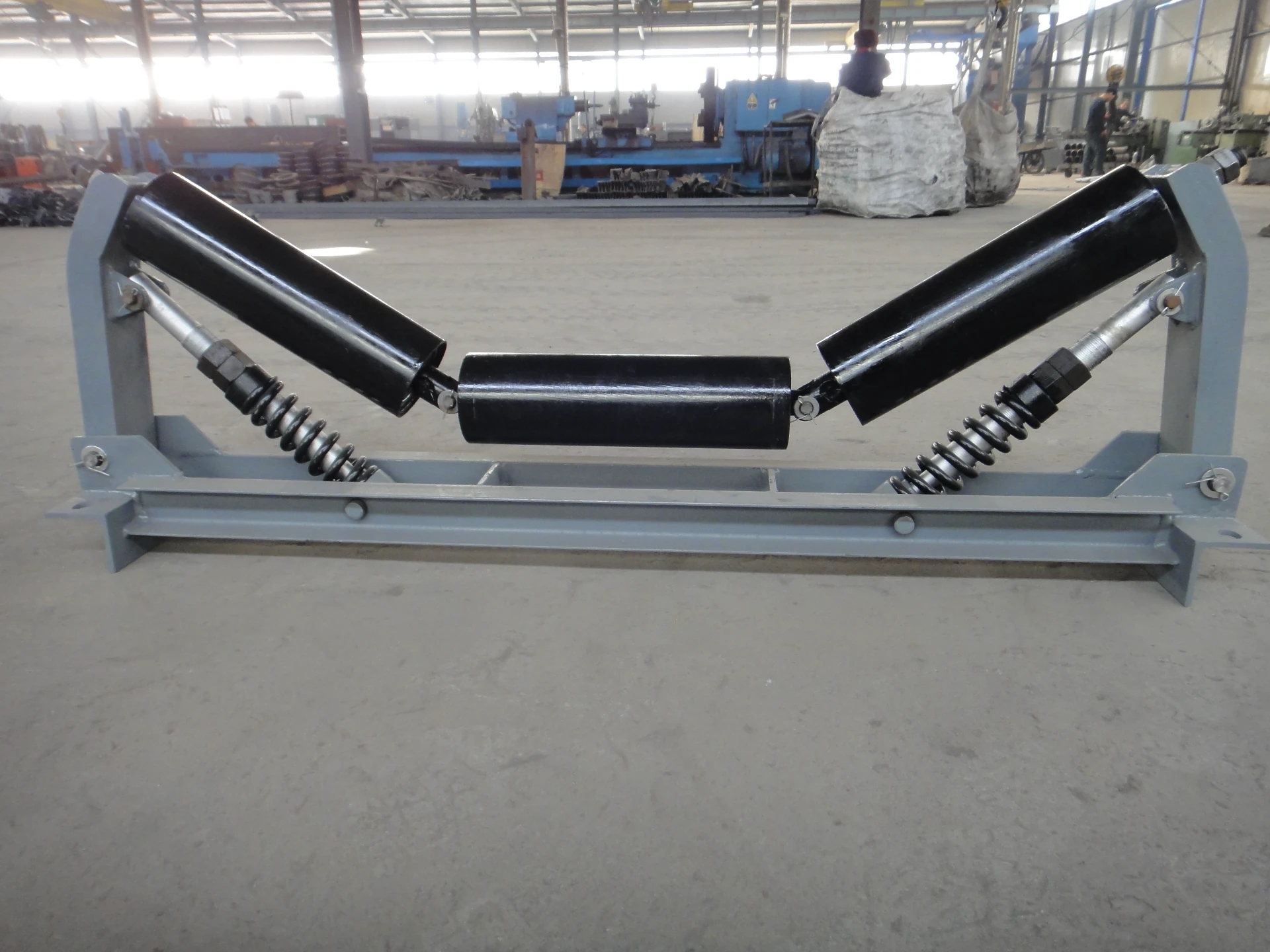 Afrikaans
Afrikaans  Albanian
Albanian  Amharic
Amharic  Arabic
Arabic  Armenian
Armenian  Azerbaijani
Azerbaijani  Basque
Basque  Belarusian
Belarusian  Bengali
Bengali  Bosnian
Bosnian  Bulgarian
Bulgarian  Catalan
Catalan  Cebuano
Cebuano  Corsican
Corsican  Croatian
Croatian  Czech
Czech  Danish
Danish  Dutch
Dutch  English
English  Esperanto
Esperanto  Estonian
Estonian  Finnish
Finnish  French
French  Frisian
Frisian  Galician
Galician  Georgian
Georgian  German
German  Greek
Greek  Gujarati
Gujarati  Haitian Creole
Haitian Creole  hausa
hausa  hawaiian
hawaiian  Hebrew
Hebrew  Hindi
Hindi  Miao
Miao  Hungarian
Hungarian  Icelandic
Icelandic  igbo
igbo  Indonesian
Indonesian  irish
irish  Italian
Italian  Japanese
Japanese  Javanese
Javanese  Kannada
Kannada  kazakh
kazakh  Khmer
Khmer  Rwandese
Rwandese  Korean
Korean  Kurdish
Kurdish  Kyrgyz
Kyrgyz  Lao
Lao  Latin
Latin  Latvian
Latvian  Lithuanian
Lithuanian  Luxembourgish
Luxembourgish  Macedonian
Macedonian  Malgashi
Malgashi  Malay
Malay  Malayalam
Malayalam  Maltese
Maltese  Maori
Maori  Marathi
Marathi  Mongolian
Mongolian  Myanmar
Myanmar  Nepali
Nepali  Norwegian
Norwegian  Norwegian
Norwegian  Occitan
Occitan  Pashto
Pashto  Persian
Persian  Polish
Polish  Portuguese
Portuguese  Punjabi
Punjabi  Romanian
Romanian  Russian
Russian  Samoan
Samoan  Scottish Gaelic
Scottish Gaelic  Serbian
Serbian  Sesotho
Sesotho  Shona
Shona  Sindhi
Sindhi  Sinhala
Sinhala  Slovak
Slovak  Slovenian
Slovenian  Somali
Somali  Spanish
Spanish  Sundanese
Sundanese  Swahili
Swahili  Swedish
Swedish  Tagalog
Tagalog  Tajik
Tajik  Tamil
Tamil  Tatar
Tatar  Telugu
Telugu  Thai
Thai  Turkish
Turkish  Turkmen
Turkmen  Ukrainian
Ukrainian  Urdu
Urdu  Uighur
Uighur  Uzbek
Uzbek  Vietnamese
Vietnamese  Welsh
Welsh  Bantu
Bantu  Yiddish
Yiddish  Yoruba
Yoruba  Zulu
Zulu guide rollers for conveyors
Guide Rollers for Conveyors Enhancing Efficiency and Reliability
In the world of material handling and logistics, conveyors play a critical role in transporting goods and products across various industries, from manufacturing to warehousing. The efficiency and reliability of conveyor systems significantly depend on various components, one of which is guide rollers. These seemingly simple devices can have a profound impact on the overall performance of conveyor systems.
What are Guide Rollers?
Guide rollers are cylindrical devices that help to keep conveyor belts aligned and prevent misalignment as the belt transports material. They are strategically placed along the conveyor system to guide the belt in the correct direction, ensuring smooth operation and minimizing wear and tear. Their primary function is to provide lateral support, ensuring that the belt does not drift off course, which can lead to significant operational issues.
Importance of Guide Rollers
1. Alignment One of the most crucial roles of guide rollers is to maintain the correct alignment of the conveyor belt. Misalignment can lead to uneven wear, reduced service life, and unexpected breakdowns. By ensuring that the belt stays centered, guide rollers help prolong the system's lifespan and reduce maintenance costs.
2. Reducing Friction Guide rollers also assist in minimizing friction between the conveyor belt and the supporting structure. This reduction in friction not only aids in smooth operation but also decreases energy consumption, contributing to more sustainable operations.
3. Supporting Load Distribution In conveyor systems where heavy or bulky items are transported, guide rollers play a vital role in distributing the weight evenly across the belt. This helps prevent sagging and potential belt damage, ensuring that goods are moved safely and efficiently.
4. Noise Reduction Another advantage of using guide rollers is their capability in reducing noise generated during conveyor operation. This is particularly important in environments where noise pollution can have adverse effects on worker productivity and well-being.
Types of Guide Rollers
Guide rollers come in various shapes, sizes, and materials depending on the specific application requirements. The choice of guide roller can influence the performance and efficiency of the conveyor system significantly. Common types of guide rollers include
- Standard Rollers These are basic cylindrical rollers used for general purposes, suitable for most conveyor systems.
guide rollers for conveyors

- Adjustable Guide Rollers These rollers can be adjusted to accommodate different belt widths or to compensate for wear and tear over time.
- Heavy-Duty Rollers Designed for rigorous applications involving heavy loads, these rollers boast robust construction and materials to withstand significant stress
.- Polyurethane Rollers Known for their durability and resistance to wear, polyurethane rollers are ideal for environments where chemical exposure is a concern.
Factors to Consider When Selecting Guide Rollers
When choosing guide rollers for a conveyor system, several factors should be considered
1. Load Capacity Assess the load that the conveyor will handle to select rollers that can support the weight without deformation.
2. Belt Width The width of the conveyor belt will determine the size and type of rollers needed.
3. Operating Environment Consider the environmental conditions, including exposure to chemicals, temperature variations, and humidity, to select the appropriate material for the guide rollers.
4. Maintenance Needs Some rollers require more maintenance than others. Choose options that match your operation's maintenance capabilities and schedules.
5. Cost Efficiency While it's crucial to find quality rollers, comparing cost versus long-term benefits is essential for budget-conscious operations.
Conclusion
Guide rollers are a fundamental component of conveyor systems, enhancing their efficiency and reliability. By providing proper alignment, reducing friction, supporting load distribution, and minimizing noise, these rollers contribute significantly to the smooth operation of material handling systems. When selecting guide rollers, careful consideration of load capacity, belt width, and environmental factors will ensure optimal performance and longevity. In an era where efficiency and productivity are paramount, investing in quality guide rollers is a smart decision for any business relying on conveyor technology.
-
Revolutionizing Conveyor Reliability with Advanced Rubber Lagging PulleysNewsJul.22,2025
-
Powering Precision and Durability with Expert Manufacturers of Conveyor ComponentsNewsJul.22,2025
-
Optimizing Conveyor Systems with Advanced Conveyor AccessoriesNewsJul.22,2025
-
Maximize Conveyor Efficiency with Quality Conveyor Idler PulleysNewsJul.22,2025
-
Future-Proof Your Conveyor System with High-Performance Polyurethane RollerNewsJul.22,2025
-
Driving Efficiency Forward with Quality Idlers and RollersNewsJul.22,2025





























